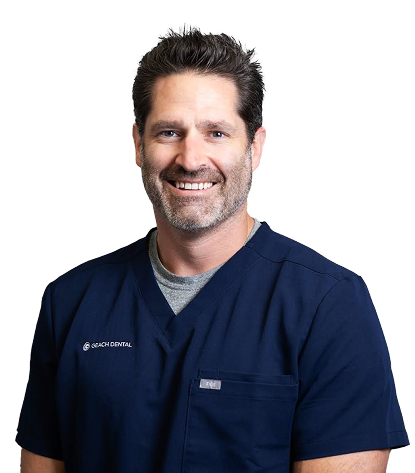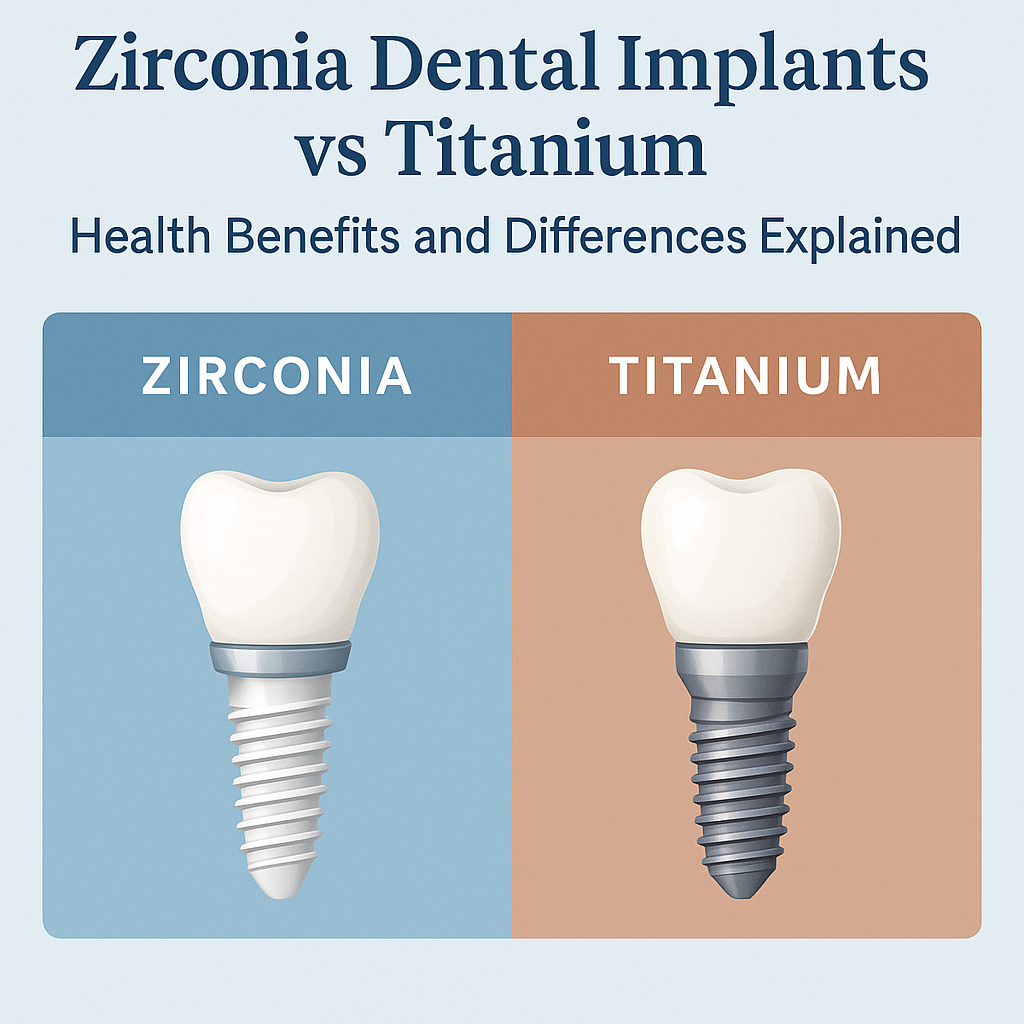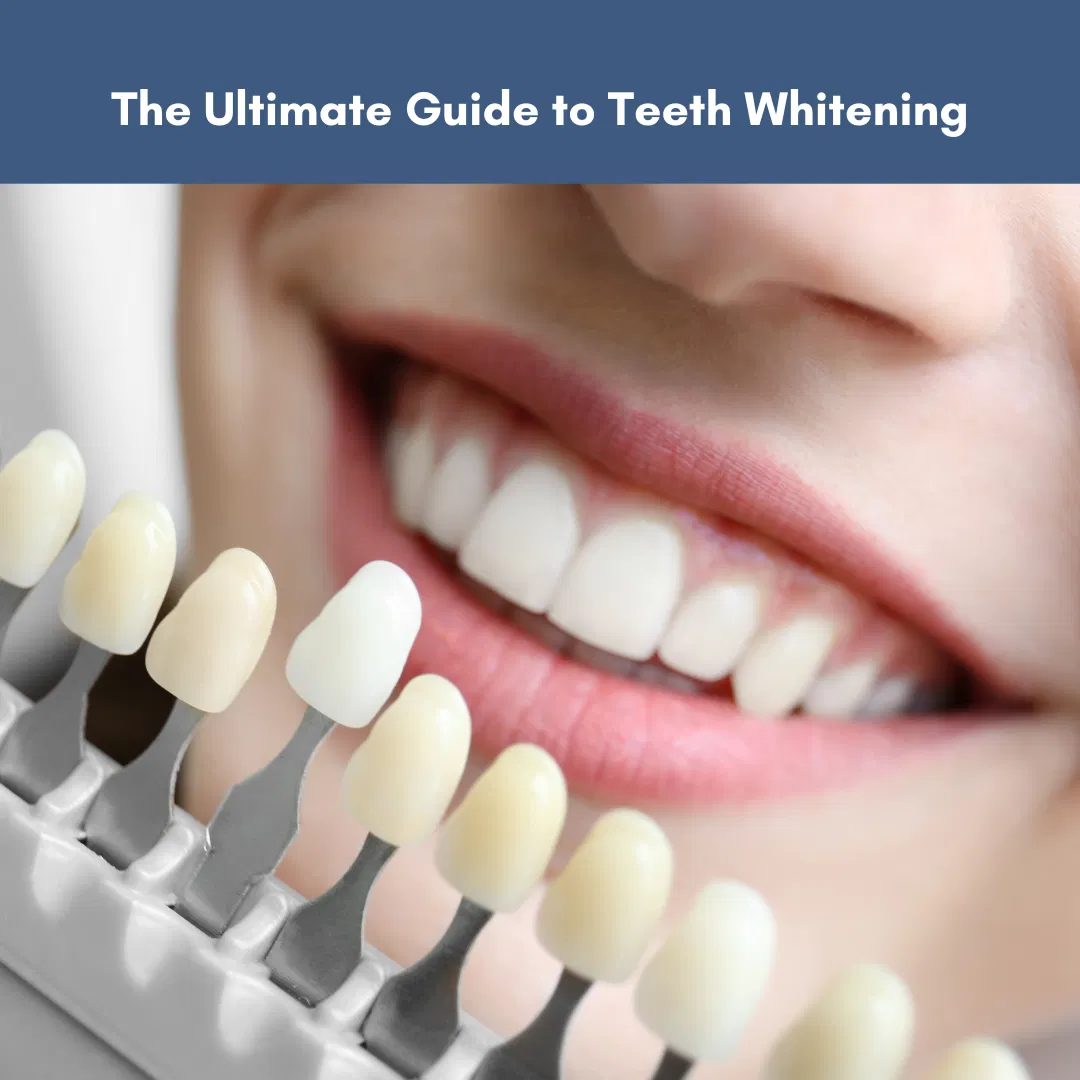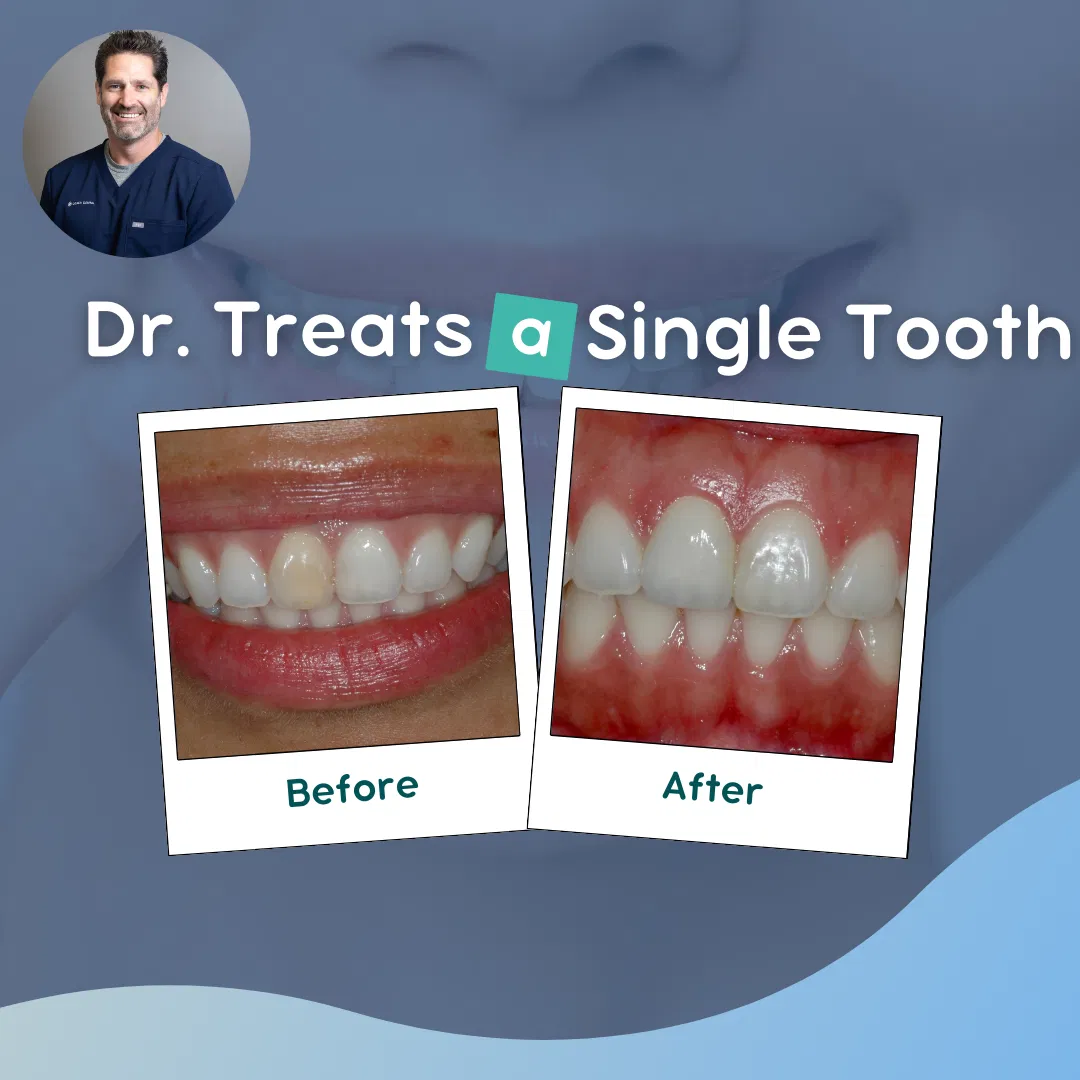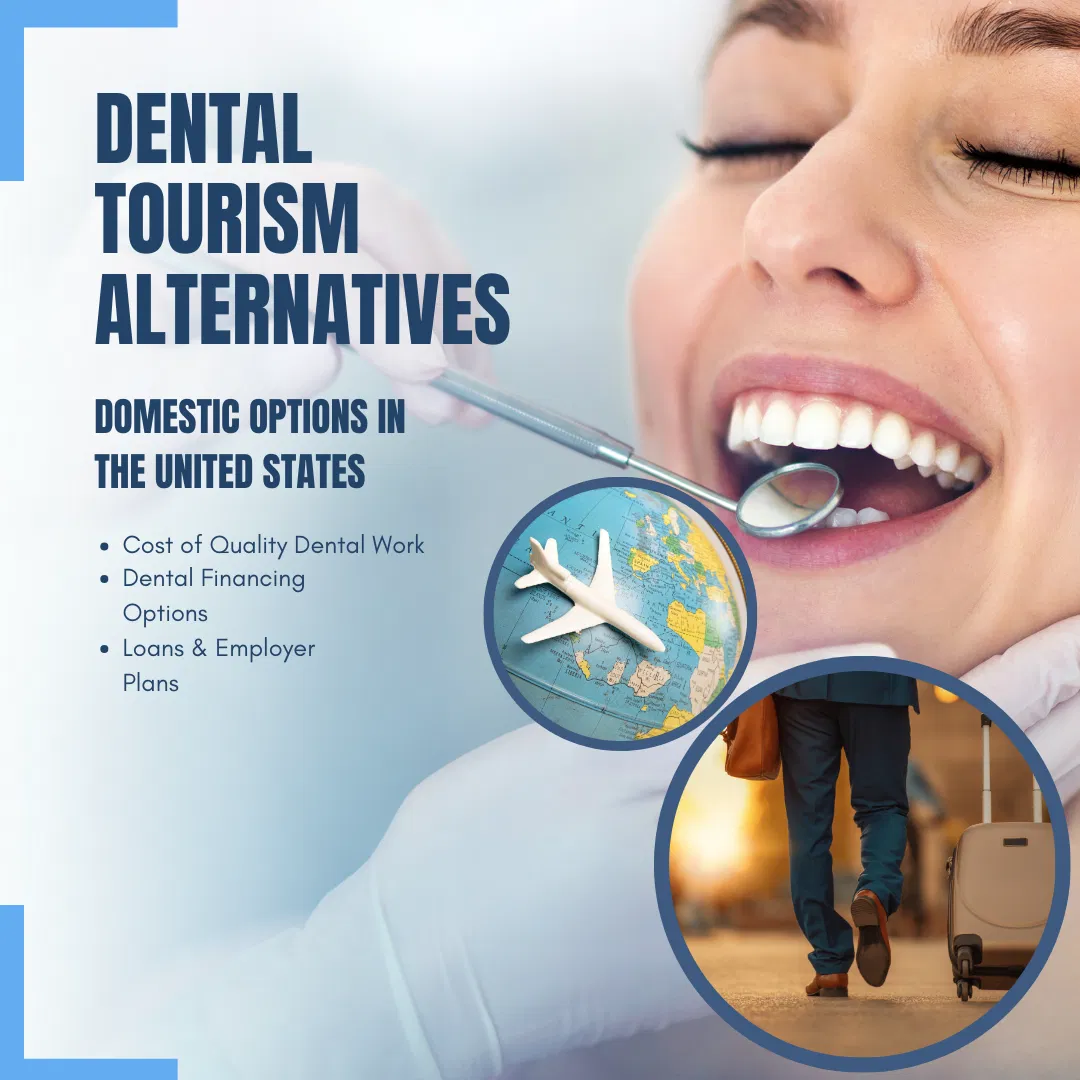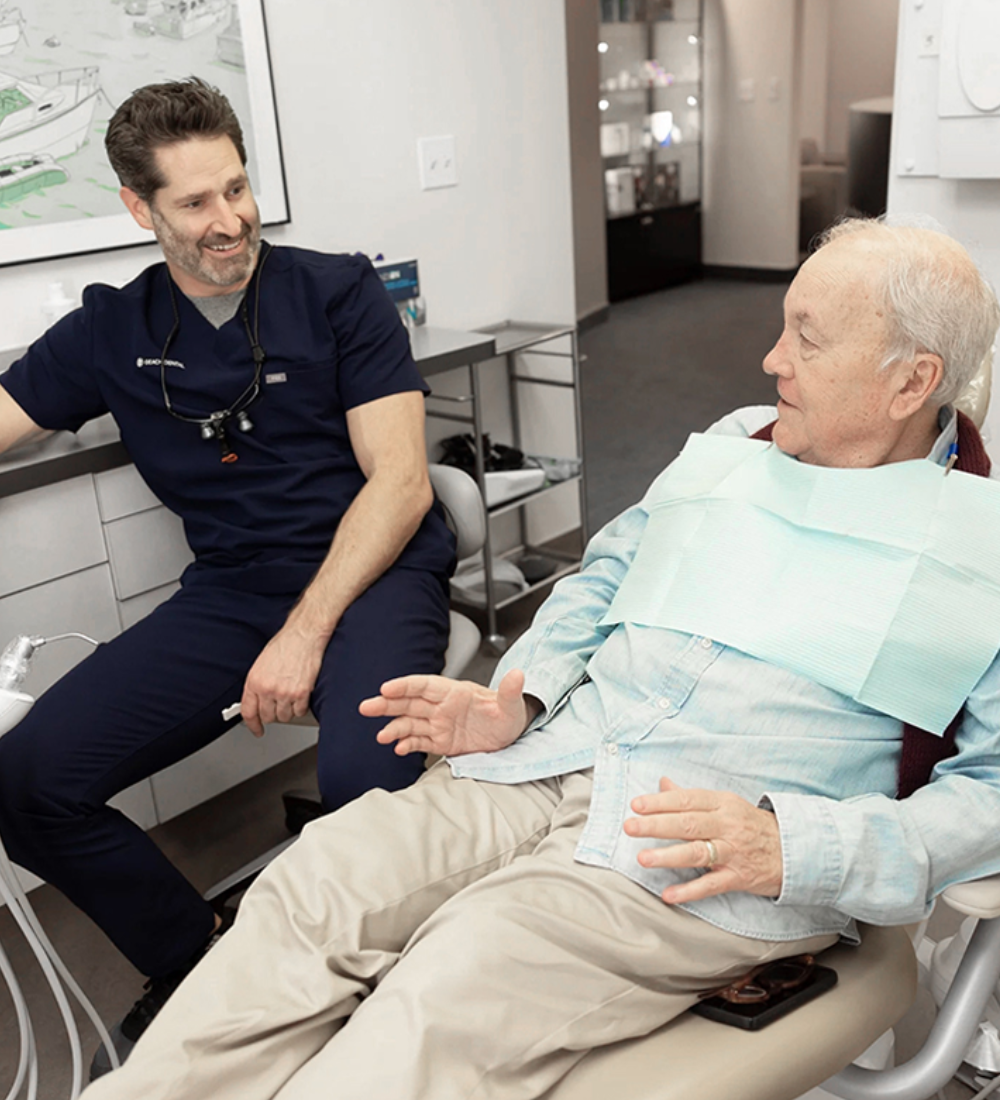As a prosthodontist, my primary goal is to restore teeth using prosthetics, focusing on achieving both functional and aesthetically pleasing results. In my daily practice in downtown Los Angeles, I work on a range of cases that require the precise design and implementation of dental restorations. Today, I invite you to join me in exploring a recent case that exemplifies the core of my profession.
Prosthodontics is the art and science of rebuilding smiles, and my role often involves collaborating with other dental specialists to provide comprehensive care to our patients. This case offers a glimpse into prosthodontics, shedding light on the steps, techniques, and considerations that go into restoring a patient’s dental health and confidence.
In the following case study, I’ll walk you through this typical case, highlighting the intricacies of my work and, ultimately, demonstrating how prosthodontics can make a significant difference in the lives of those seeking to regain their dental function and radiant smile.

The Problem
The patient’s initial presentation was relatively common in prosthodontic practice, but it highlighted a significant issue. They sought my expertise with a concern: two chipped porcelain veneers on their upper front teeth. However, upon closer examination, it became apparent that the problem extended beyond the veneers. See figure 1.

The gum tissue adjacent to these veneers appeared red and inflamed, signaling potential underlying issues. To get a comprehensive view of the situation, I decided to remove the veneers and perform a thorough examination. What I discovered was contamination within the root canals of the affected teeth.
The root canals, situated in the innermost part of a tooth, contain the nerve and pulp. In this case the canals had already been previously filled, but were contaminated with bacteria. It is critical that the canals are clean and sealed before proceeding to the final restoration.
The Solution
Before we could restore the patient’s teeth with new restorations, a crucial step was to collaborate with a respected endodontist who also practices in downtown Los Angeles.
An endodontist is a dentist who specializes in treating problems related to tooth pulp. In this case, their expertise was invaluable. The endodontist performed a meticulous retreatment of the patient’s root canals. This procedure involved removing the old root canal fillings, disinfecting and sealing the canals with a new biocompatible material. This helps to prevent future infections and ensures a healthy foundation for the new restorations.
After the canals were retreated, I then carefully created the necessary space within the canals to accommodate new custom posts. These posts are casted by my laboratory technician in gold alloy. Figure 3 shows the X-rays during the treatment. The X-ray on the left shows the pre-treatment image of the root canals and the chipped veneers. The middle X-ray shows the re-treatment of the canals with space created for the posts. The X-ray on the right shows the gold posts cemented into the canals.

Figures 4 shows the red acrylic pattern made for the posts. Figure 5 shows the custom gold posts in position after casting by the laboratory. These posts are retained by the canals and are critical for stabilizing the new crowns.
This cooperation between myself as the prosthodontist, the endodontist and the laboratory technician illustrates a fundamental aspect of our roles. As prosthodontists, we often serve as the “quarterback” of a patient’s dental team. We chart the course of treatment, coordinating procedures with specialists to optimize the patient’s oral health and deliver the best possible outcome.

The End Result
The culmination of this comprehensive treatment was nothing short of stunning, as depicted in these final photographs. The transformation is not only remarkable but also profoundly gratifying for both the patient and our dental team.
One key aspect contributing to the aesthetic success of the treatment is the meticulous design of the crowns. See figure 6 below. They were crafted with precision, with particular attention given to blocking the gold color of the underlying support posts. This attention to detail ensured the teeth did not appear unnaturally dark or discolored. Instead, the crowns seamlessly blend with the surrounding natural teeth, achieving a harmonious and visually pleasing result.

The porcelain layer meticulously applied over the zirconia crowns plays a pivotal role in mimicking the light-reflecting qualities of natural tooth enamel. This characteristic is crucial in achieving a result that not only looks natural but also exudes the radiance and vitality of a genuine smile. See figures 7 and 8 below.
With this successful treatment, the patient has regained more than just their dental function; they have reclaimed their confidence and a beautiful smile. The ability to comfortably enjoy everyday activities, from speaking and chewing to sharing a confident smile, is a testament to the transformative power of prosthodontics.

Could You Benefit from a Visit to a Prosthodontist?
If you’ve been inspired by this case and the transformative power of prosthodontics and wish to explore how it can restore your smile, we encourage you to connect with our dedicated team at Geach Dental. With locations in downtown Los Angeles and Laguna Niguel in Orange County, we are ready to provide personalized solutions tailored to your needs.
Don’t let dental concerns hold you back from a confident, radiant smile! Reach out to us, and let’s embark on a journey to rediscover your best smile.
Your path to dental health and renewed confidence begins with a simple conversation. Contact us today at (213) 622-3339, or click here and take the first step towards your dental transformation.
ABOUT THE AUTHOR: Meet Dr. Adam Geach, distinguished prosthodontics specialist and owner of Geach Dental. His dental education includes Harvard School of Dental Medicine and the University of Connecticut, where he earned a D.M.D. and an M.D.Sc. in Prosthodontics, respectively. Dr. Geach holds Diplomate status with the American Board of Prosthodontics, underscoring his exceptional expertise in dental care.
At his clinics in Los Angeles and Laguna Niguel, Dr. Geach offers a wide range of services, from cosmetic treatments to full-mouth reconstructions, all delivered with a focus on personalized patient care.Take the first step toward your ideal smile and improved oral health by clicking here.


